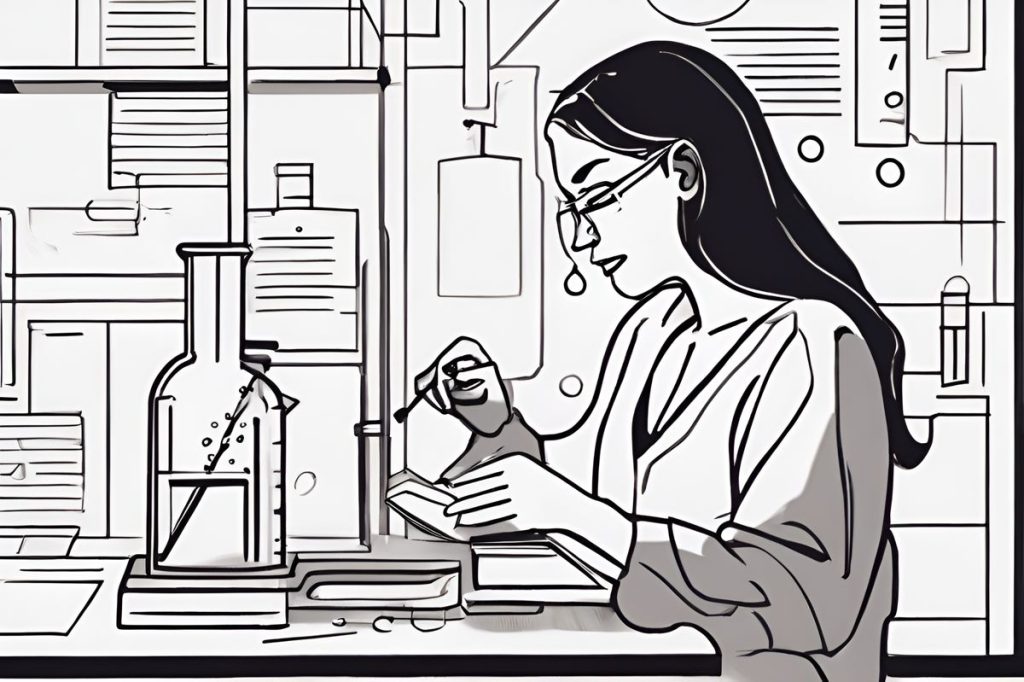Endocrine disruptors are harmful chemicals that can impact our health and the environment. To protect ourselves, we must choose products without known disruptors, read labels diligently, and support regulations that limit their usage. By advocating for safer alternatives and adopting sustainable practices, we can help create a healthier future for all.
What are endocrine disruptors and how can we protect ourselves from them?
Endocrine disruptors are chemicals that interfere with the hormonal system, leading to health issues. To protect ourselves:
– Choose products free of known disruptors like BPA, phthalates, and parabens.
– Read labels carefully and opt for safer alternatives.
– Support regulations that limit chemical usage.
– Advocate for and adopt sustainable practices.
Endocrine Disruptors: A Threat to Our Health and Environment
Modern society thrives on convenience, and our homes are filled with products that make daily tasks easier. From plastic containers that store our meals to personal care products that keep us clean and smelling fresh, these items have become staples in our lives. However, beneath the surface of these conveniences lies a potentially harmful reality: the presence of endocrine disruptors. Christina Massaad, an advocate for environmental health, raises awareness about these chemicals and their impact on both human health and the ecosystem.
Endocrine disruptors are chemicals that can interfere with our body’s hormonal system, which is responsible for regulating growth, metabolism, and reproduction, among other vital functions. While the body has its intricate hormone signaling system, these disruptors can mimic or block natural hormones, leading to a multitude of health issues. The concern isn’t limited to humans, as animals and particularly endangered species also face the consequences of these substances in their environments.
Common Sources of Endocrine Disruptors
In our homes and communities, endocrine disruptors lurk in many forms. One major source is plastics, including those used for food packaging and bottles. Bisphenol A (BPA) is a widely known disruptor found in many plastic products. When plastics containing BPA come into contact with food and drinks, there’s a risk that the chemical will leach into what we consume, posing a health risk.
Personal care products are another common source of endocrine disruptors. Ingredients such as phthalates and parabens are present in many cosmetics, shampoos, and lotions. Given the widespread use of these products, individuals are encouraged to read labels carefully and opt for safer alternatives that do not contain these substances.
The agricultural sector also plays a role in the proliferation of endocrine disruptors through pesticides. Chemicals used to protect crops from pests and diseases can have unintended consequences for wildlife and humans alike, as they may enter the food chain or contaminate water sources.
Protecting Ourselves and the Environment
Mitigating the risks of endocrine disruptors is a multifaceted challenge that requires action from various stakeholders. Consumers can make a difference by choosing products free from known endocrine disruptors. By doing so, they reduce their personal exposure and also signal to companies and markets that there is demand for safer products.
Regulatory bodies and governments have a critical role in monitoring and controlling the use of endocrine disruptors. Implementing stricter regulations on these chemicals can help limit their presence in consumer goods and the environment. Sustainable and eco-friendly products and practices, such as BPA-free plastics and organic farming, can significantly decrease the prevalence of these disruptors.
The Call to Action
Awareness and advocacy are crucial in addressing the issue of endocrine disruptors. Organizations and individuals like Christina Massaad are at the forefront of this movement, emphasizing the importance of informed choices and the advocacy for stronger regulations. Collective efforts to educate the public, push for policy change, and adopt sustainable choices can lead to a healthier future for both people and the planet. Joining these initiatives, signing petitions, and supporting organizations committed to this cause are proactive ways to contribute to a cleaner and healthier environment for generations to come.
What are endocrine disruptors and how can we protect ourselves from them?
Endocrine disruptors are chemicals that interfere with the hormonal system, leading to health issues. To protect ourselves:
– Choose products free of known disruptors like BPA, phthalates, and parabens.
– Read labels carefully and opt for safer alternatives.
– Support regulations that limit chemical usage.
– Advocate for and adopt sustainable practices.
Where can endocrine disruptors be commonly found in our daily lives?
Endocrine disruptors can be commonly found in plastics used for food packaging and bottles, personal care products like cosmetics and lotions, and agricultural pesticides. It is essential to be aware of these sources and make informed choices to reduce exposure.
How can consumers make a difference in reducing the prevalence of endocrine disruptors?
Consumers can make a difference by choosing products that are free from known endocrine disruptors, which can help reduce personal exposure and create demand for safer alternatives. Reading labels carefully, supporting sustainable products, and advocating for stronger regulations are proactive steps individuals can take.
What role do regulatory bodies and governments play in addressing the issue of endocrine disruptors?
Regulatory bodies and governments play a critical role in monitoring and controlling the use of endocrine disruptors. By implementing stricter regulations on these chemicals, they can help limit their presence in consumer goods and the environment, ultimately safeguarding public health and the ecosystem.

